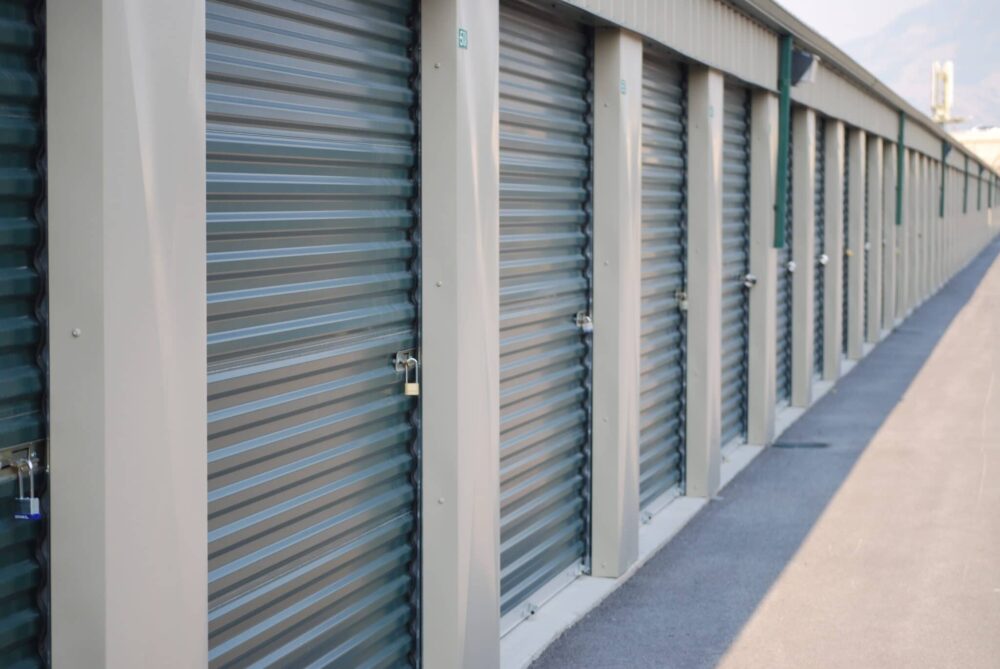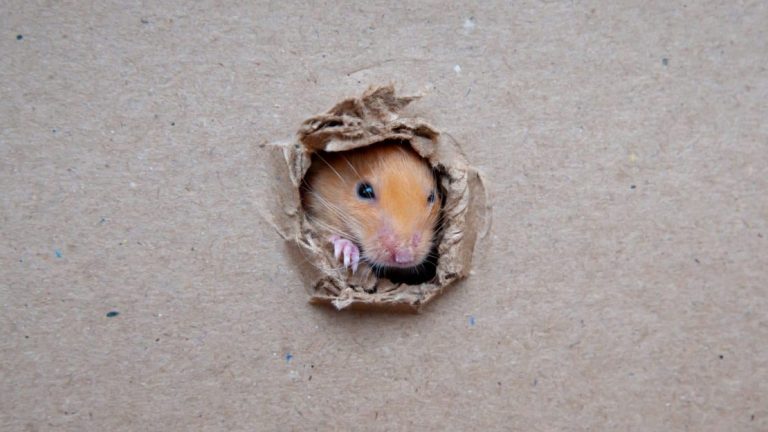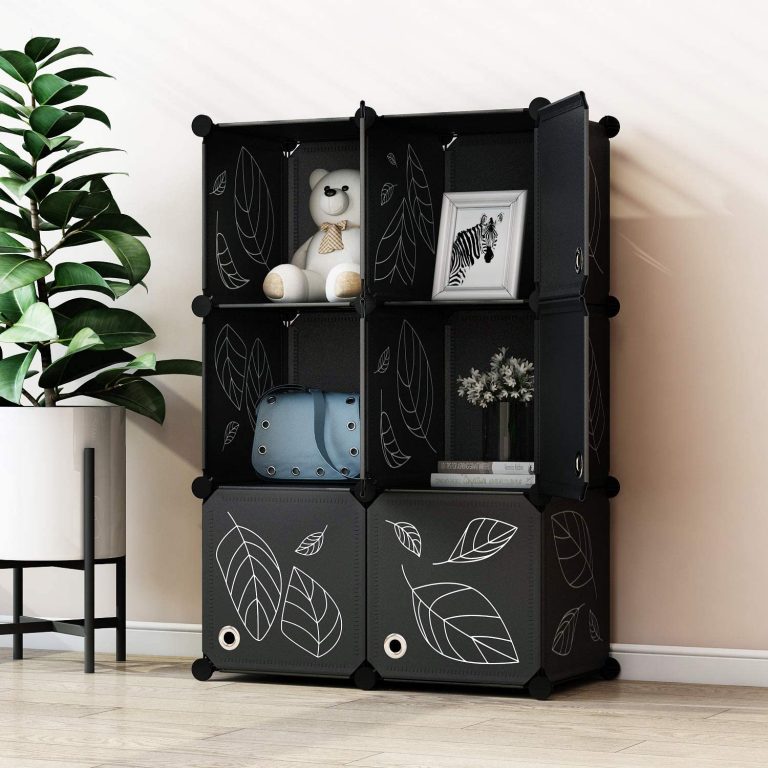A Customer Service Becky Guide
Hey, all! I’m Customer Service Becky, your friendly Inland Empire self-storage professional here to guide you through the ins and outs of storing your stuff with some basic tips. I’ve got experience behind the desk and in front of it. Together, we can make your storage needs a little less stressful. In today’s installment, we’ll be covering some basics that will help you before you go into a storage rental office so you’re prepared.
Tip: Viewing in the rain is GREAT!
Yeah, driving in the rain with a bunch of people who like to tailgate is lousy. Sometimes cloudy days make you feel like you want to curl up in bed and watch movies, rather than go out and (ugh) actually be a responsible adult. But viewing a storage unit in the rain is actually one of your best options! You can check the roof and sides for leaks, or see if water comes up through the floor or sneaks in under the door. Trust me when I say if you care enough to be storing your items, you care enough to make sure they aren’t water-damaged when you come back for them. You can see the drainage patterns of the property and decide if you really want a unit; a large, inexpensive unit may not be as great if there’s a river you have to walk through to get at it! You can also test interior hallways. Even if there isn’t a leak, if the floor is too slick to walk on with wet shoes you may want to rethink your plans. No one wants to slip and fall while carrying granny’s antique Victorian tea set.
Tip: Thoroughly check the unit, always!
Seriously, check it. Check it again. Take a flashlight. Are the walls drywall inside the unit? Move on. Just walk away. Drywall is not great. You want thick plywood that doesn’t give more than just a little, securely nailed or screwed to the joists and support beams. Better than that are interior walls of thick metal siding or some form of brick. This is a security thing. Also, check the unit for any calcifications on the walls (this can happen during temperature changes and may damage goods). Look for any fresh mold on the walls as this is not healthy to breathe, and may indicate a leak that might damage your items. If you see small holes in the wood with little sawdust/dirt bits directly underneath this may equal termites, not a great thing for furniture. Check for overall cleanliness issues with the unit and facility. Look for tiny, dark, reddish-brown oval pellets as this may indicate a current rodent infestation.
Tip: Sizes!
Knowing about the size you need before you walk in means you won’t be sold on a unit that is bigger or smaller than you need. 5’x5’ is roughly a hallway linen closet: small items like extra clothes, stackable chairs, filing cabinets, bed frames, tools, and boxes or totes are great in this size. A 5’x10’ unit will hold: 2 or 3 queen mattresses and their bedframes; a fridge or washer dryer combo; chairs and a disassembled dining table; assorted other combinations. 10’x10’ is roughly enough to store furniture for a 2 bedroom apartment (couch, dining set, bed frames and mattresses, and several boxes). 10’x15’ is great for a 3 bedroom size plus a lawnmower and several boxes. 10’x20’ is enough to store a small boat along with boxes and maybe a bed frame and mattress. Finally, 10’x30’ is enough to store a car and several motorcycles, a piano, large furnishings, and so on. Know what you’re planning to store ahead of time, and you won’t spend more than you need to.
Tip: Pricing!
Where possible, look online for a discount. Many facilities offer discounts like first month free, or discounted rent rates, on their website. Reserving through the website, then going to rent in person at the store is the best way to both get a good price and make sure the unit is what you want! As well, ask about their increase schedule. What may seem like a good idea now may wind up being too much a year or so in, as some companies raise their rates every 6 to 8 months. Be prepared to see an increase in a few months if you reserved online—this is the company bringing you in line with their actual, rather than promotional, rates. After that, while some companies only increase your rate once per year to cover rising operating costs, if a facility is going to upcharge you every 6 months make sure to keep your stay short to avoid the extra costs.
Tip: Security and Maintenance!
As mentioned before, you want to see the unit. Is there something wrong with the hasp (the slider or closure on the door)? Damage to the door that makes it less secure or hard to open? Is the facility well-kept or falling down? How often do they do security checks to verify all the locks are where they are supposed to be? You want to make sure that they are keeping everything maintained and check the property at least once a day including empty units. You want sturdy walls inside as well, to keep people from accessing your unit from the inside of theirs. If your facility doesn’t use cylinder locks (a round lock integrated into the door), then you want to make sure you are putting 2 locks on your unit if possible. You want to get locks that are either the round disc locks or that have a shorter shackle length (the shackle is the part that locks the lock, not the lock body). For either, you want hardened steel that’s rust-resistant, and you’ll want to put a small vinyl sticker on your lock. This will help you and your facility manager know that this is indeed your lock, and will give them a visual cue to look for during security sweeps.
Tip: Protecting Your Stuff!
It doesn’t make sense to put your items somewhere then just leave them. Plastic tote boxes can help protect some items from dust. Couches and mattresses should have a plastic cover or plastic wrapping. Wooden furniture needs padded or quilted cloth dust covers. Boxes should be sealed on all opening areas with tape, especially boxes containing electronics. Put down rodent pellet packets and insect traps inside the unit. Visit regularly, every week to two weeks, to generate activity inside the unit. This will help protect your items from dust and dirt—most units are NOT airtight and will let in fine dust around the door—as well as from insects and rodents. Make sure you have these things set before you rent! This will mean you have less to do when you’re renting, and less to worry about while you store.
These are all things that I, your Customer Service Becky, have learned the hard way from personal experience (or watched others have to go through while working). Hopefully, these beginning tips and tricks help you protect your items and select the storage that’s right for you! Go forth with confidence, and let your new knowledge make your storage experience a smooth one.






